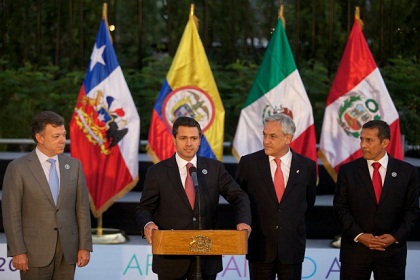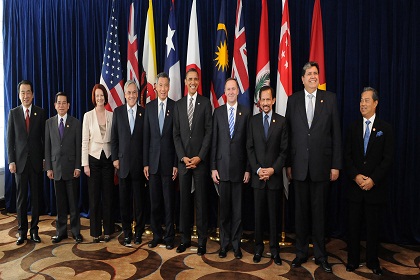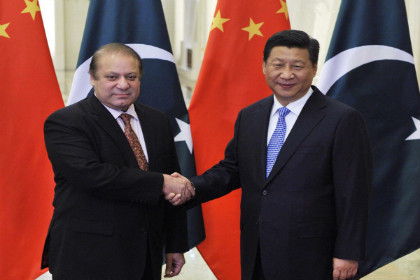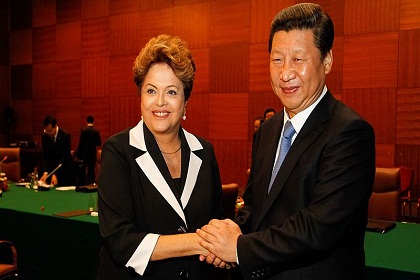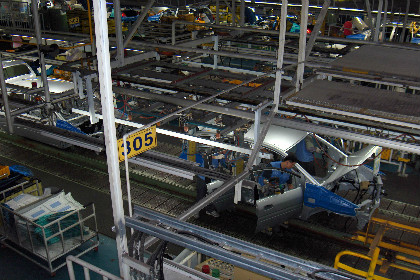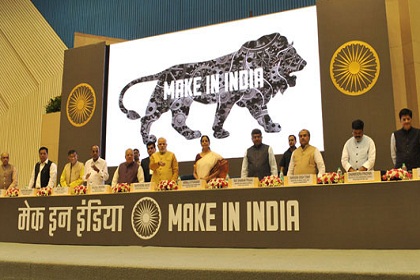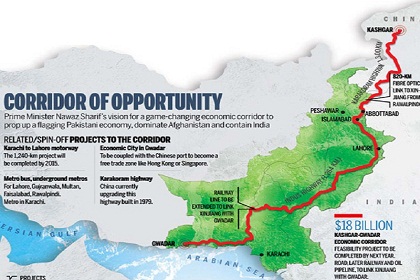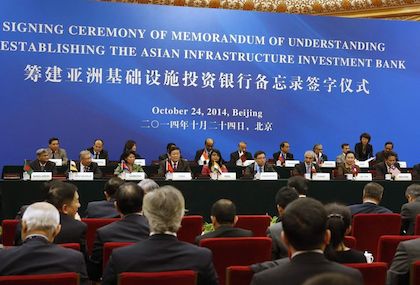The Pacific Alliance & India
The Pacific Alliance—Mexico, Colombia, Peru and Chile—is one of the newest and most vibrant regional groupings in Latin American. Apart from the liberal foreign trade policies of these countries, they also have higher growth and lower inflation rates than their neighbours. India’s trade with the grouping has been growing, and as an observer member of the bloc, there is scope for much deeper engagement.

